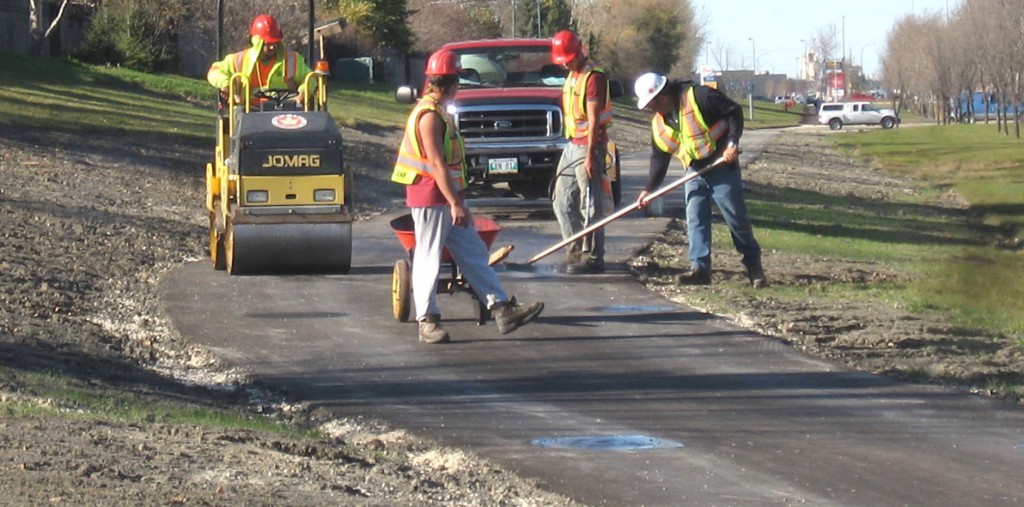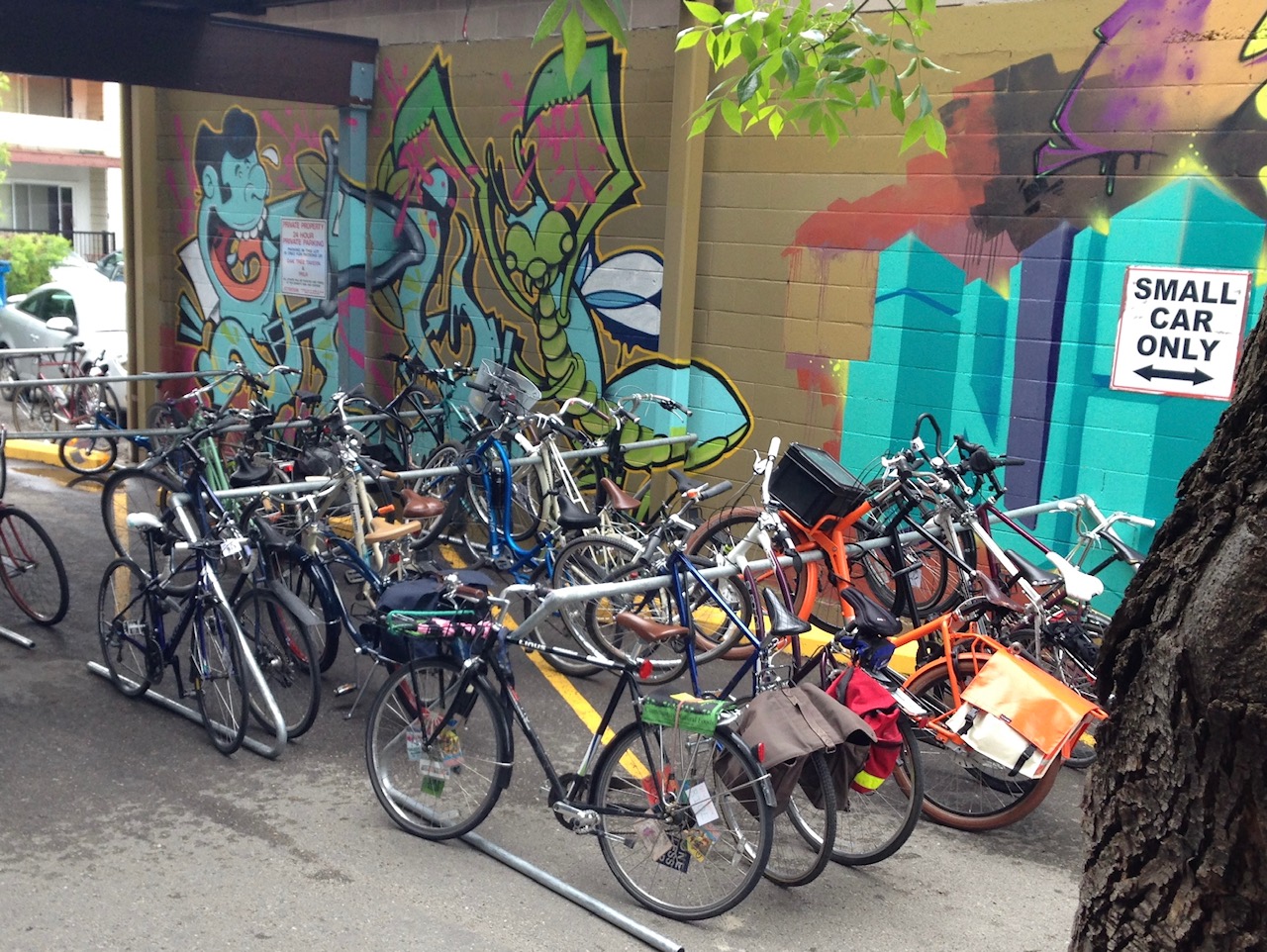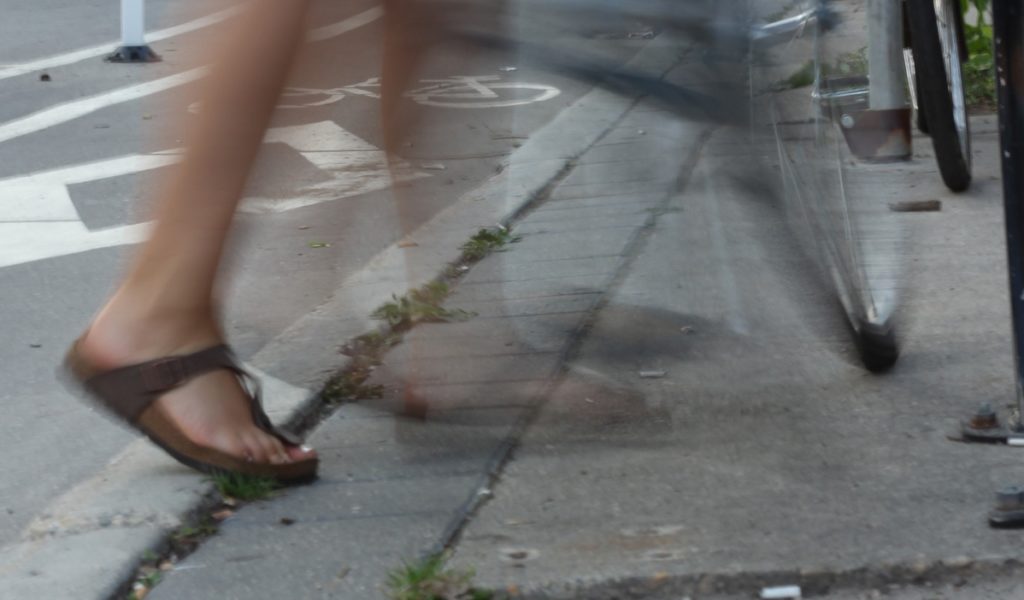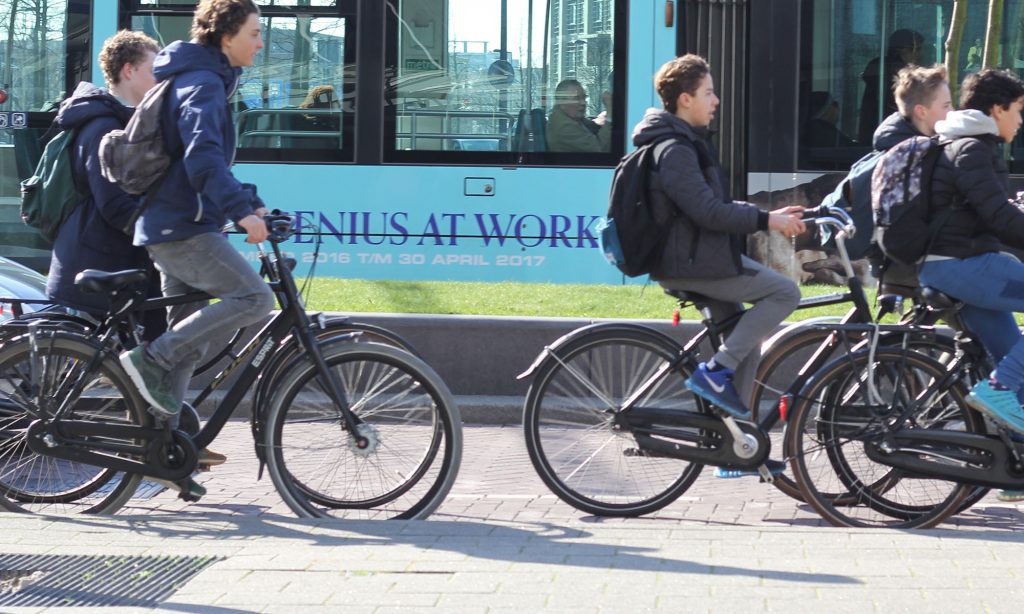Bike infrastructure is more than just bike lanes.
The federal Active Transportation Fund should unleash a flurry of projects across Canada. The pent-up demand for more infrastructure, from cyclists as well as local government, is palpable. Most anticipate that the number and value of applications will far outstrip the Active Transportation Fund’s $400M over 5 years.
If the pandemic has shown us one thing about cycling over the last two years, it is that “if you build it, they will come”. Municipalities opened streets two years ago to give people more room to get out in a socially distanced and safe way. Bike lanes were added to give people more options as transit services were scaled back due to decreased ridership. More room was created for people, adding to sidewalks, creating sitting areas out of parking spaces, and just generally creating more liveable communities at a “pedestrian scale”.
The National Active Transportation Strategy and Fund were developed within that context. Now, as we enter the first year of having a national infrastructure fund dedicated specifically to active transportation, dreams of bike lanes are dancing through every transportation planner and cycling advocates heads.
Bike lanes; safe, effective, separated bike lanes, take the most time and money to develop and install. They are needed in communities large and small. They are proven to significantly increase ridership and the diversity of ridership wherever they are installed. When we talk about cycling infrastructure a separated bike lane is the first thing that comes to mind.

Finding the quick wins
Bike lanes are far from the only piece of cycling infrastructure we need in our communities. We also need bike racks, repair stations, bike parking locations, and change facilities at commuter destination points. All these things are just as important pieces of cycling infrastructure. All these things are needed to ensure we have a functional cycling network.
It is important to consider and plan for an entire system to make cycling safe, effective, and comfortable. Each part of the bike trip needs to be considered and accommodated. A cycle track is great, but if there isn’t a safe place to lock your bike at the end of the trip, the investment will be underutilized. Cycle commuting is important for the sustainability of our cities, but people need a change room once they get to work.
While we are planning for the construction of cycle tracks, let’s find the smaller wins. Let’s put in the bike racks, done quicky and cheaply. While we promote bike commuting, let’s change land-use bylaws to mandate bicycle parking and change facilities in office buildings. While we promote active transportation as a way to engage with our communities, let’s take parking lots and convert them to bike corrals with a repair station.
Installing bike lanes can be hard. They are still a fight and are deeply misunderstood by businesses, drivers, and transportation planners. It takes time and money to get them planned and built. While we are fighting for that safe bike lane, let’s get the easier, cheaper pieces of infrastructure installed.
ps. paint is not infrastructure.



